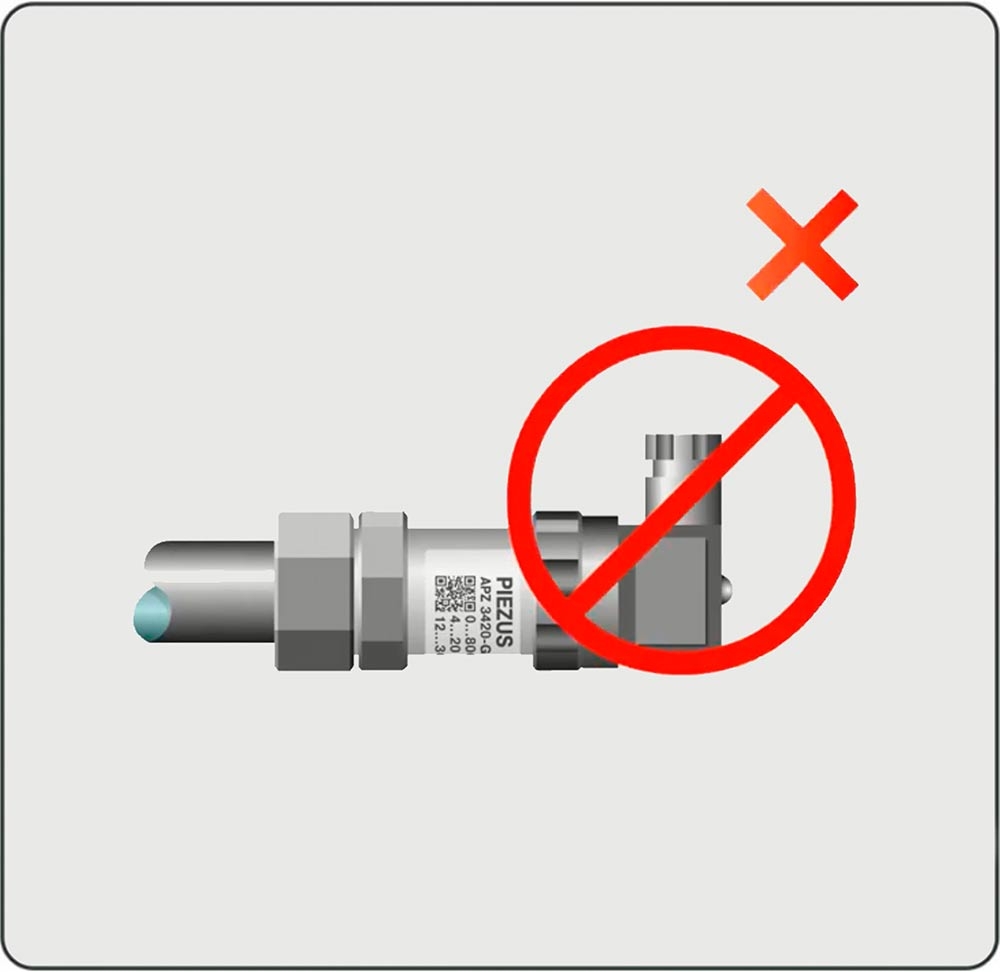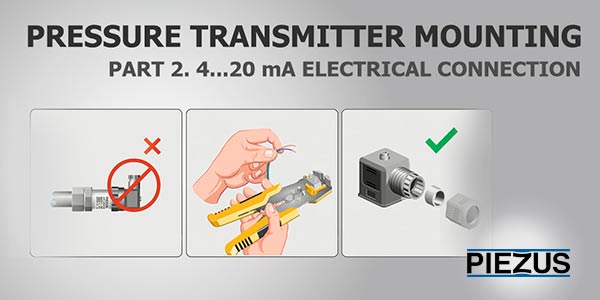There is a number of most common output electrical signal types used to connect pressure transmitters to measurement instruments. The most popular one is a 2-wire 4-20mA current output.
1. Connecting cable to DIN 43650
The first step is to strip the wire ends of insulation and to tin them.
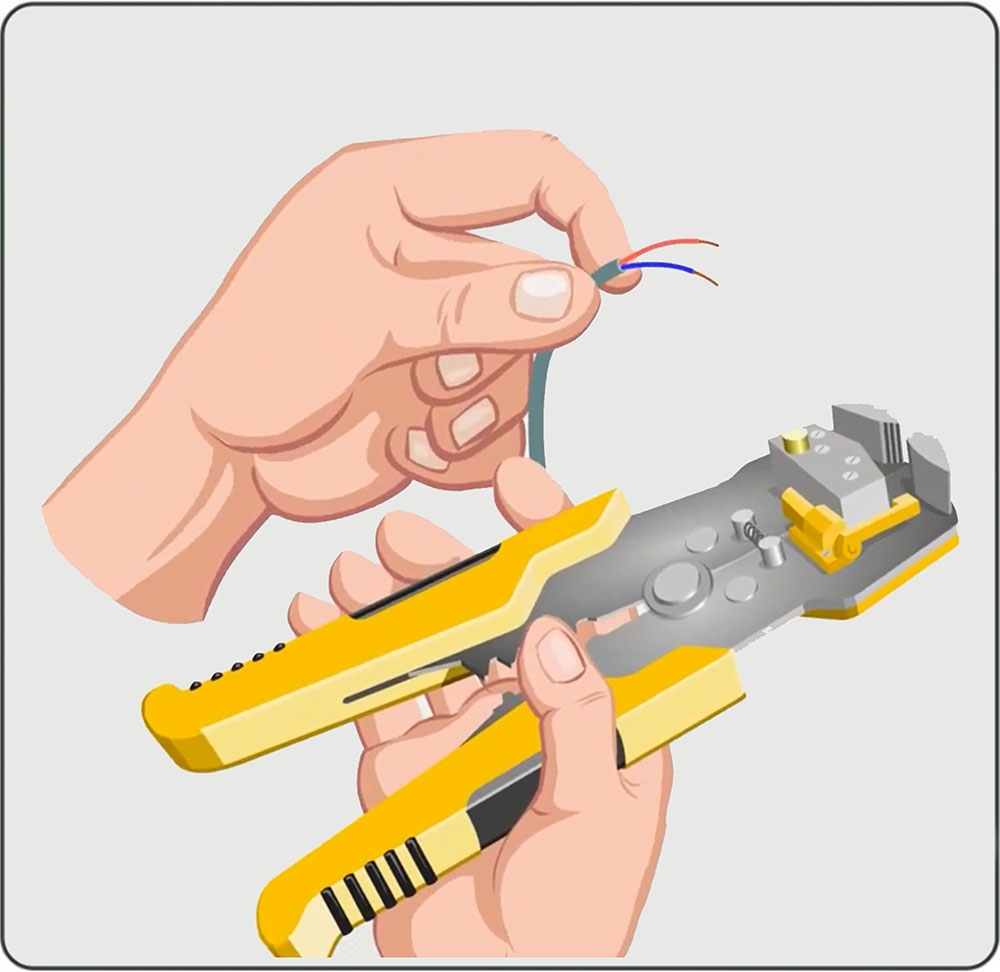
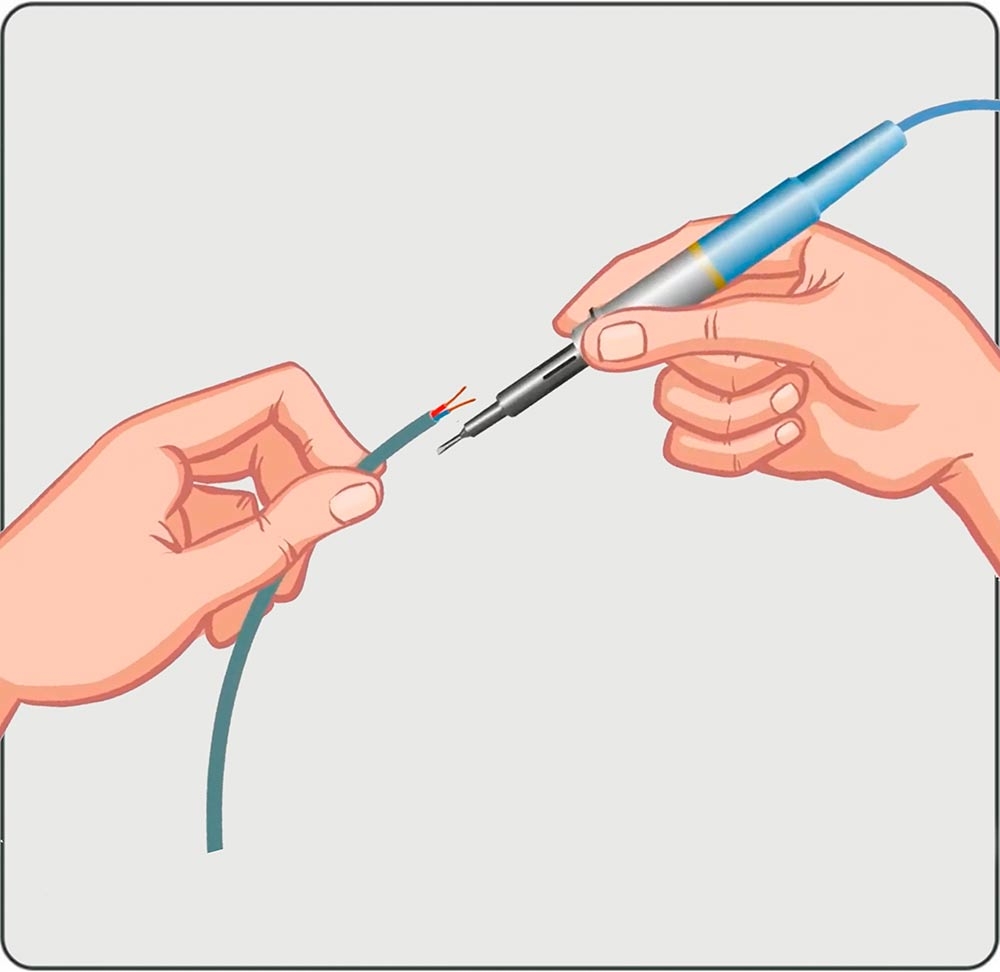
2. Mounting DIN 43650 connector
Disassemble the connector. Pull the wire through the nut and the rubber sealing sleeve. Lead the wires through the connector housing and insert them into the corresponding pins of the terminal block.
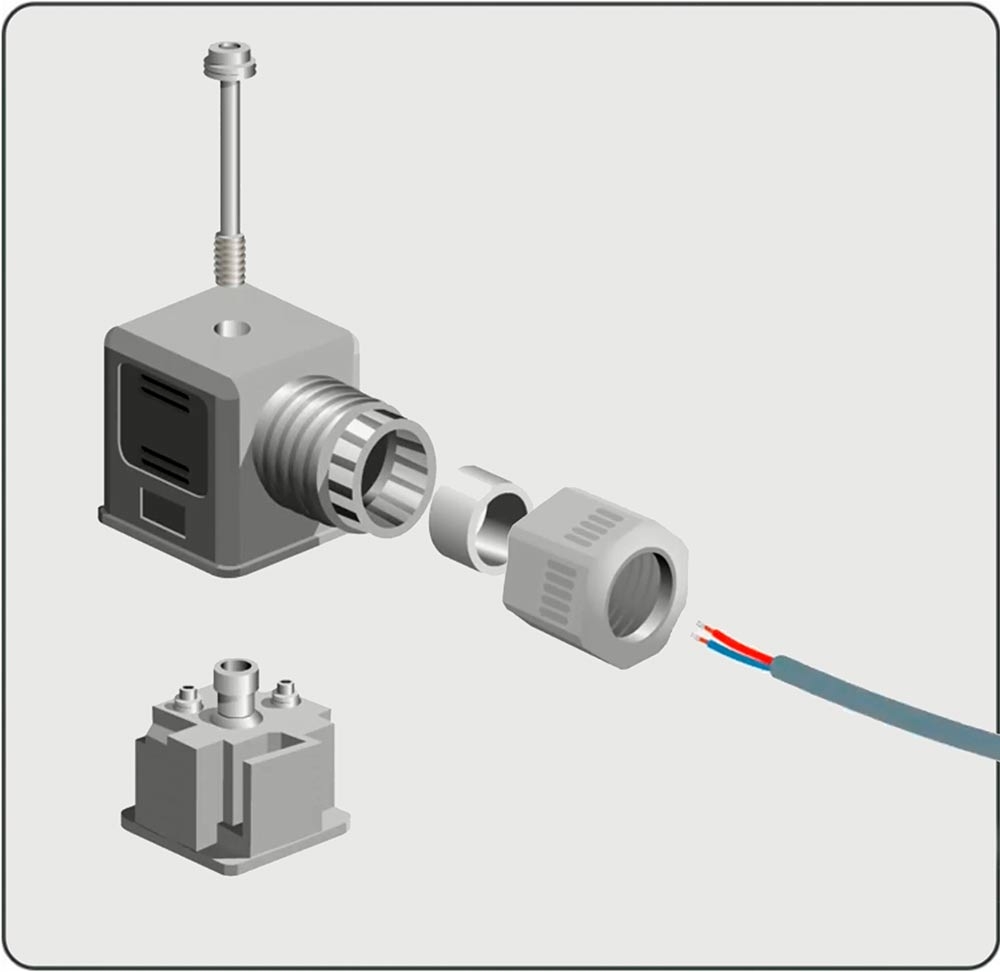
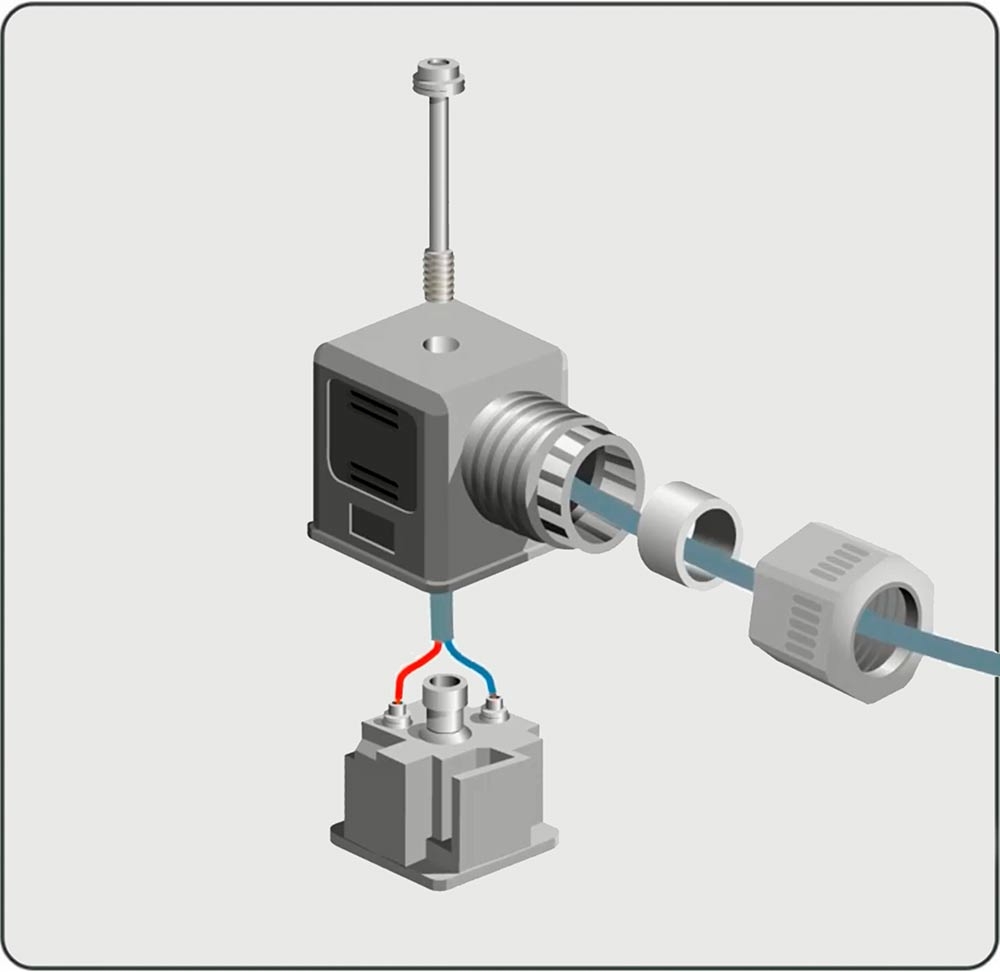
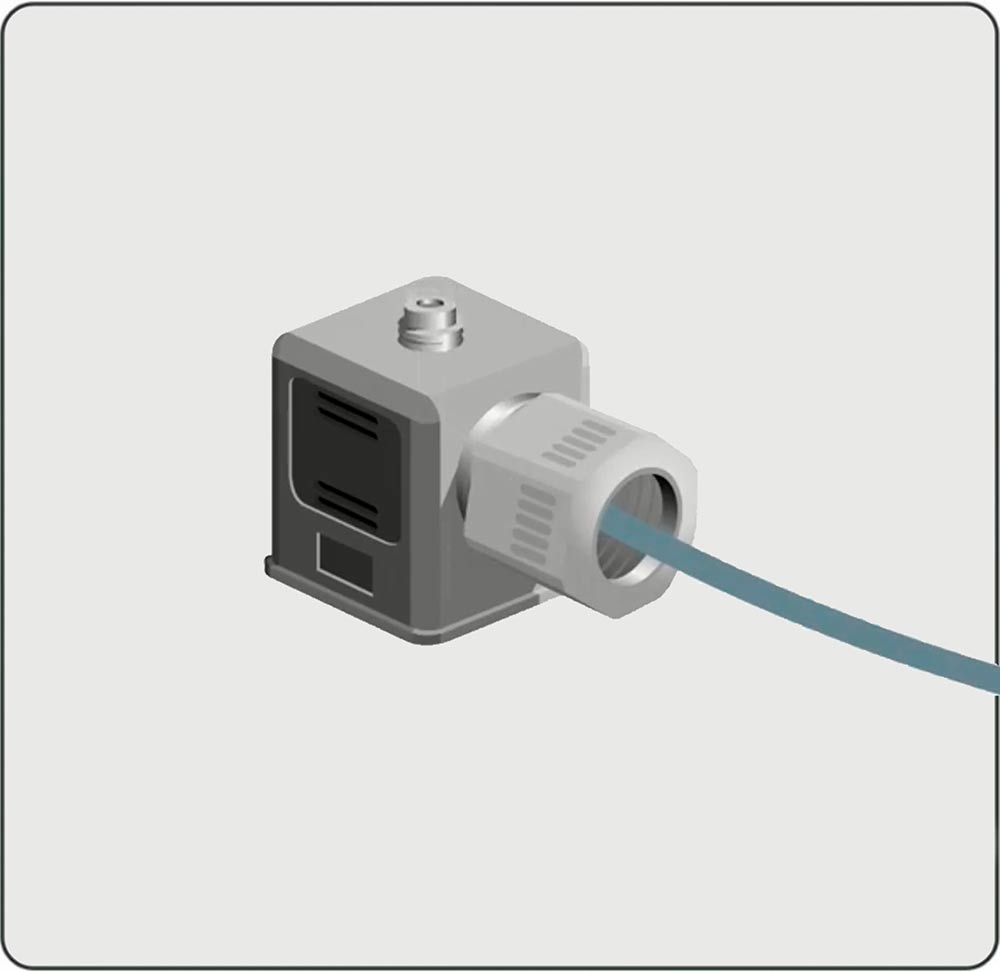
3. Signal cable position rules
The layout of power supply and signal lines should prevent moisture from reaching the transmitter's cable gland.
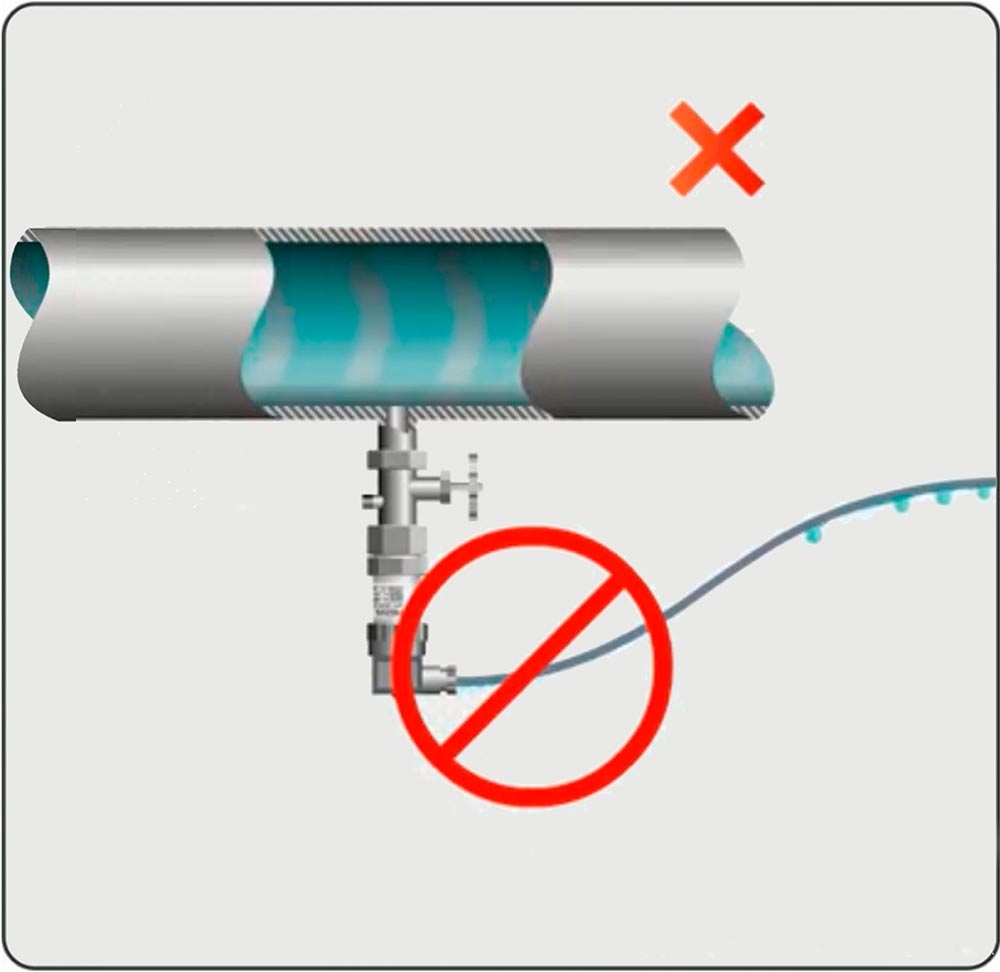

Use shielded cables if there is a close proximity to power equipment.
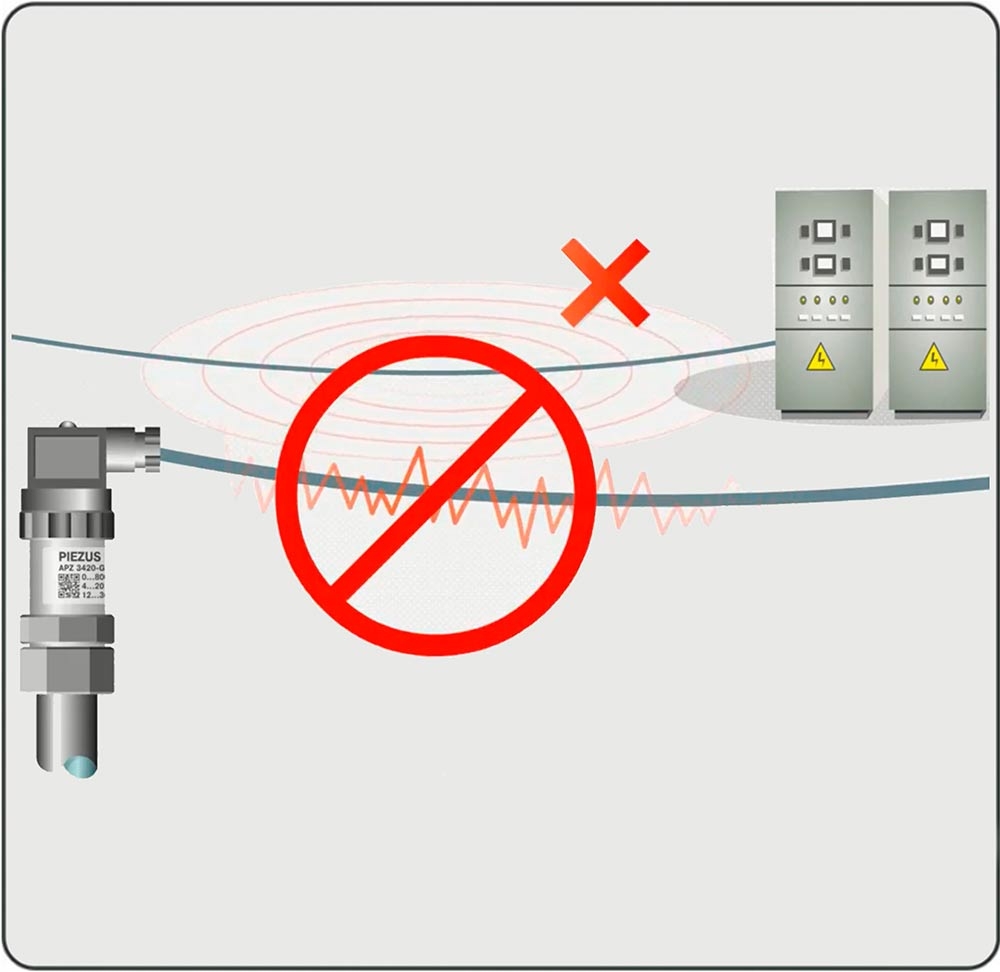
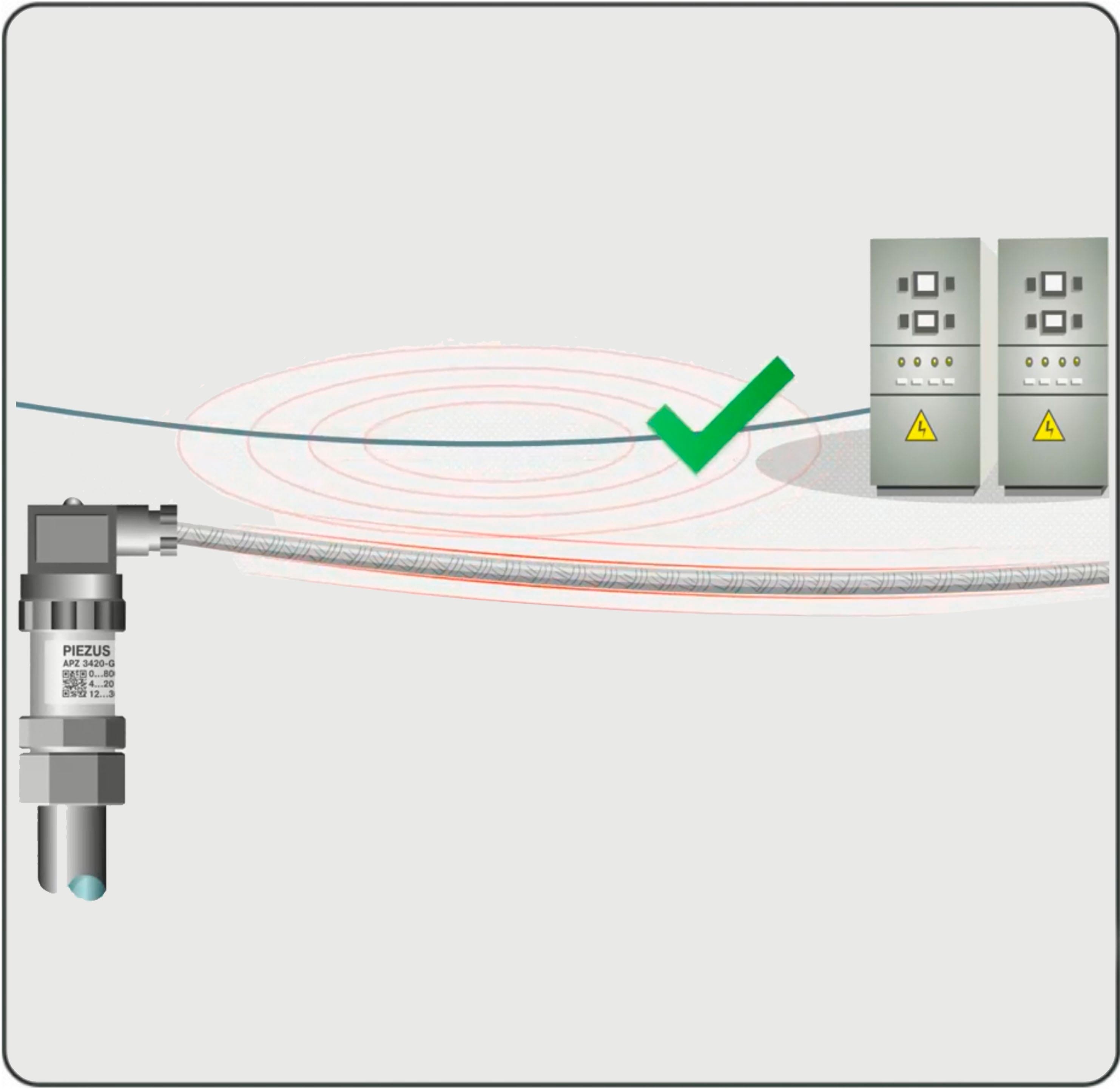
4. Electrical couplings connection rules
Please observe the following rules when connecting electrical couplings:
- cable's external diameter should match the cable gland used;
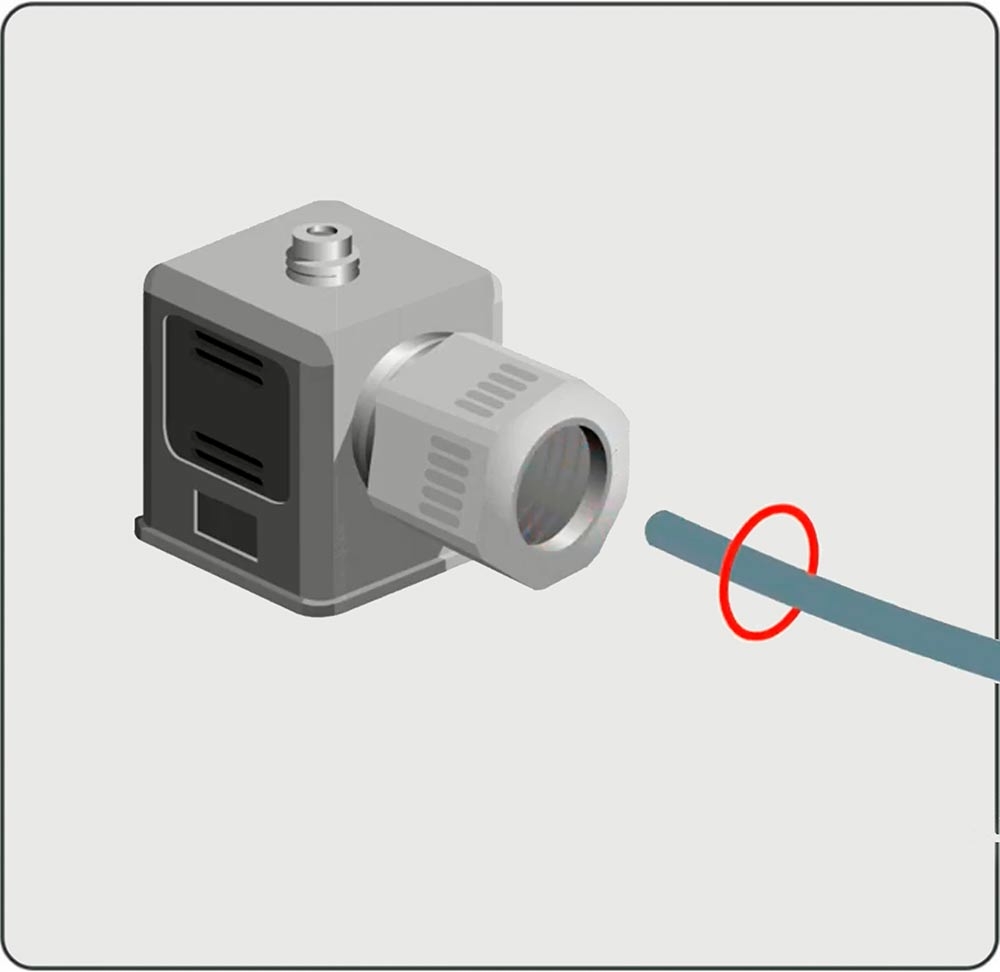
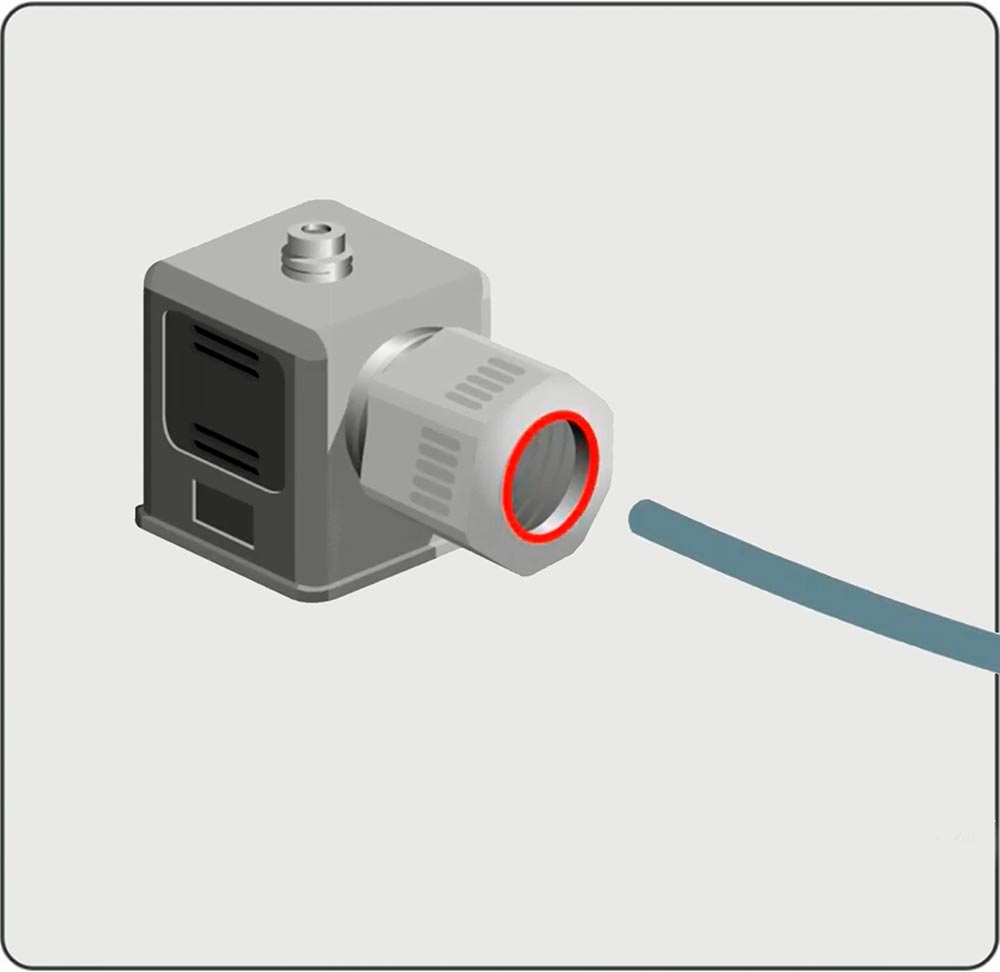
- do not remove cable's sheath when pulling it through the gland;
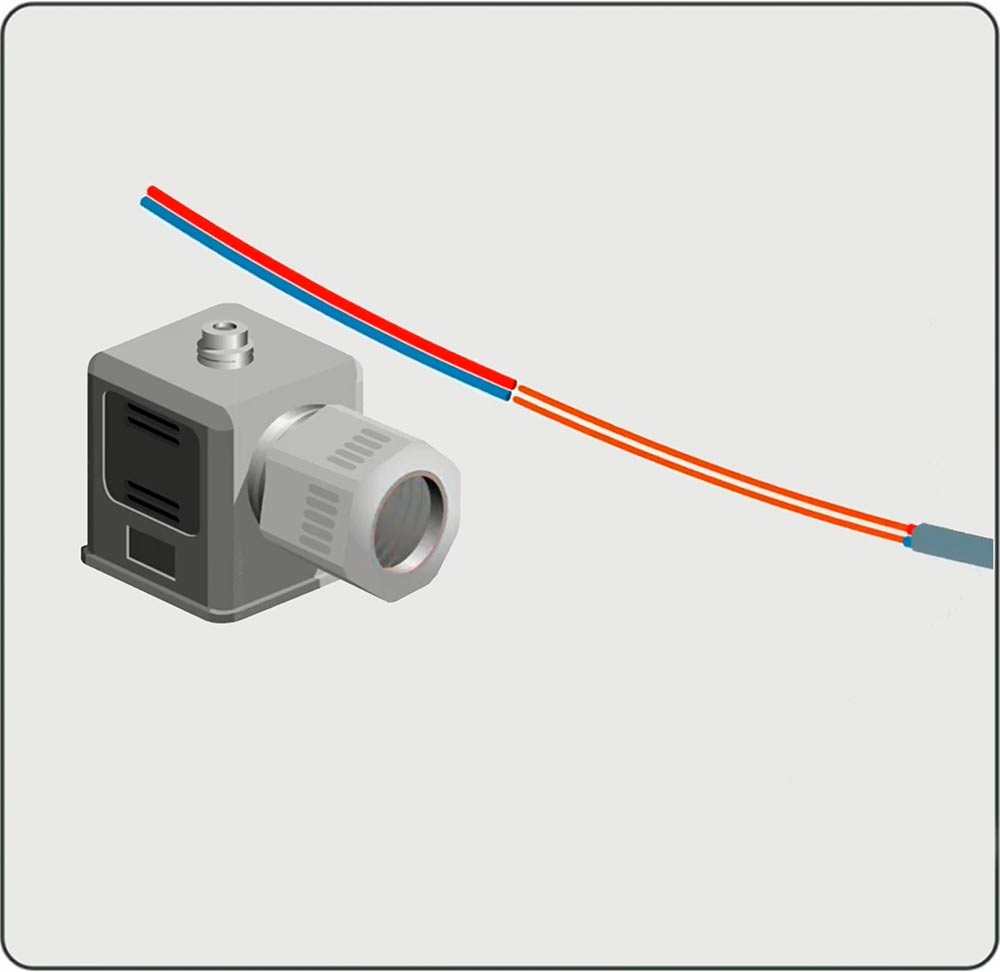
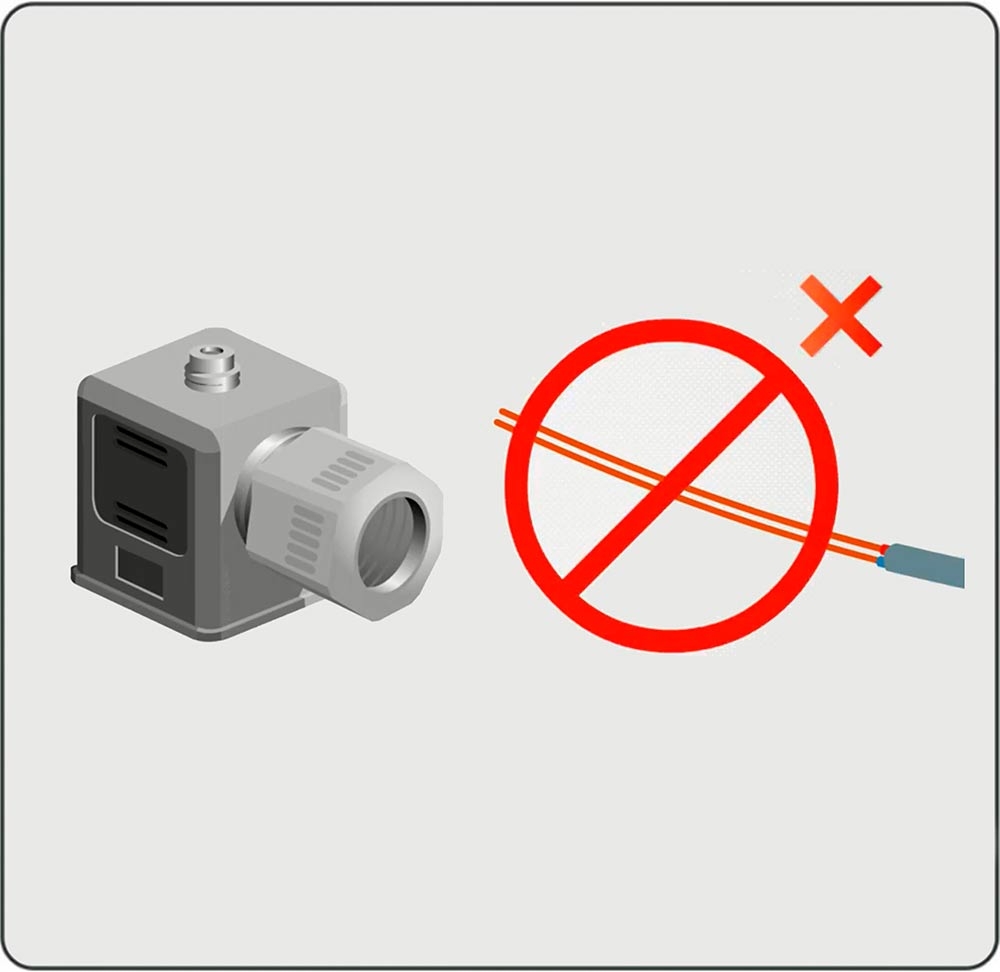
- use only the supplied (original) cable gland sealing, clean and without damage;
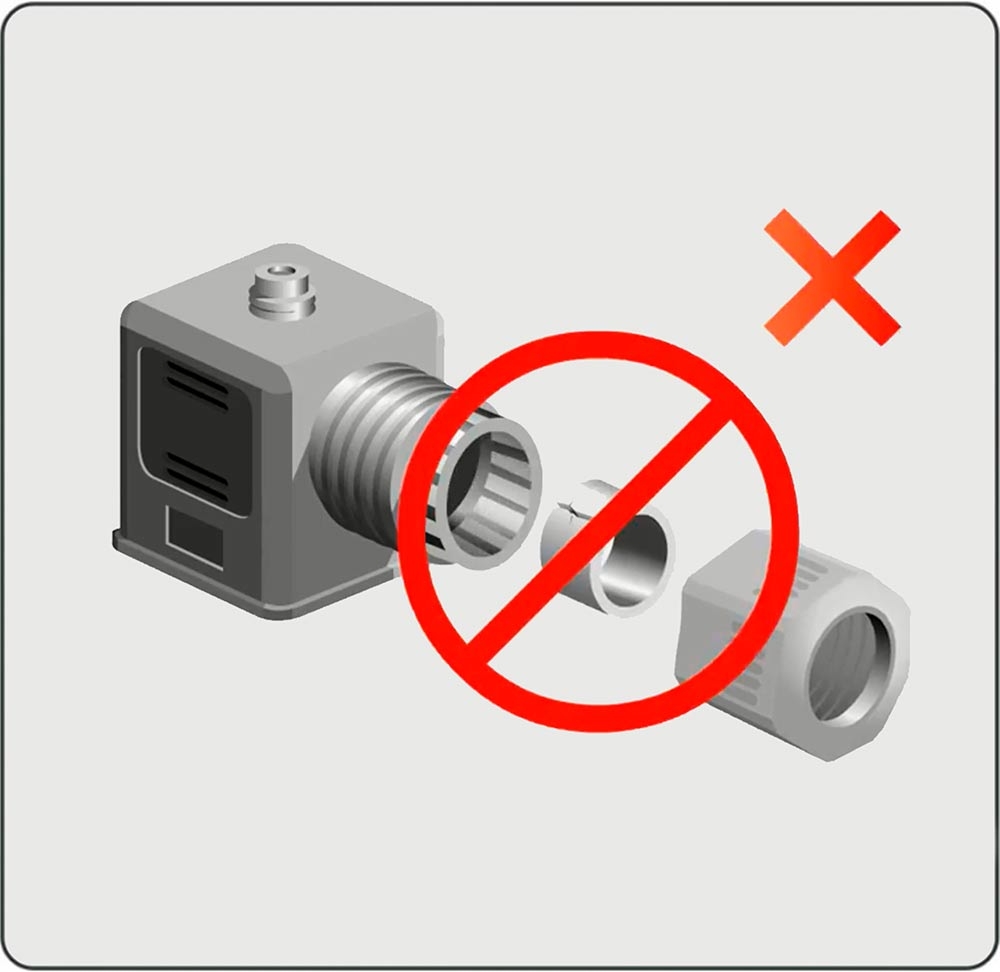
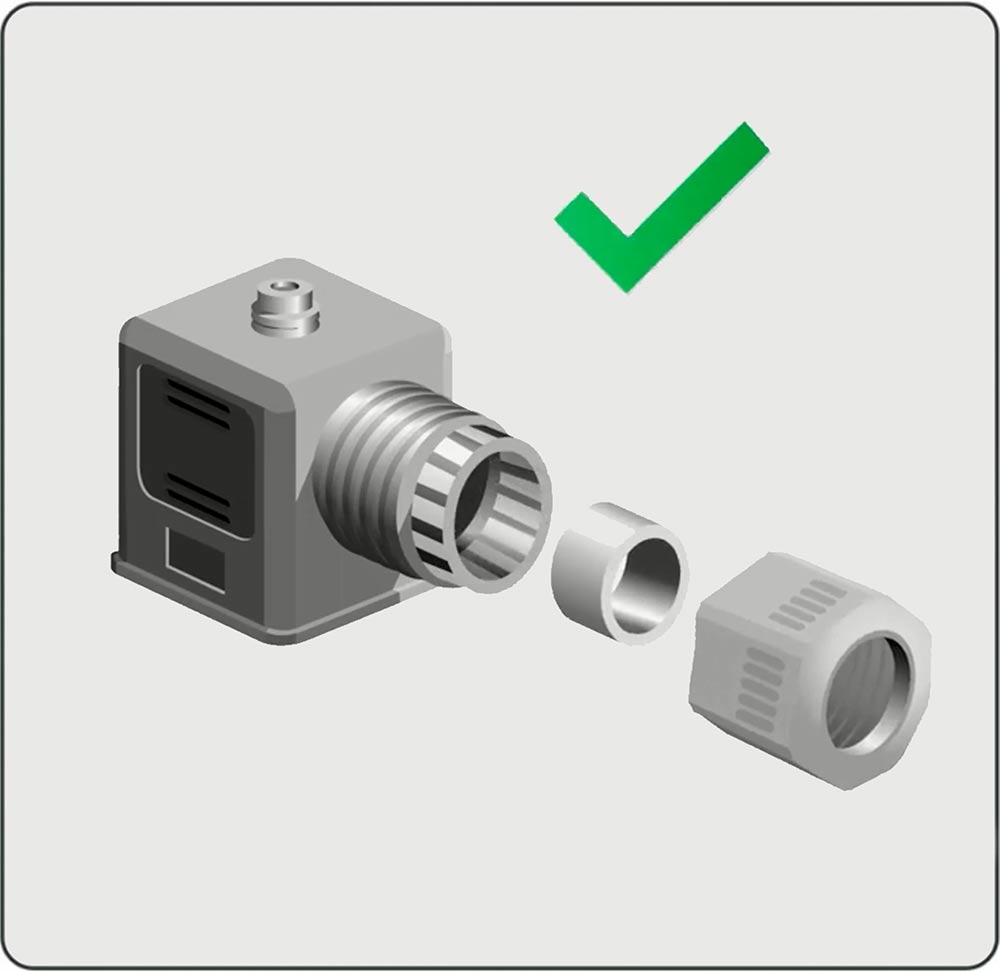
- cable's sheath must be completely undamaged;
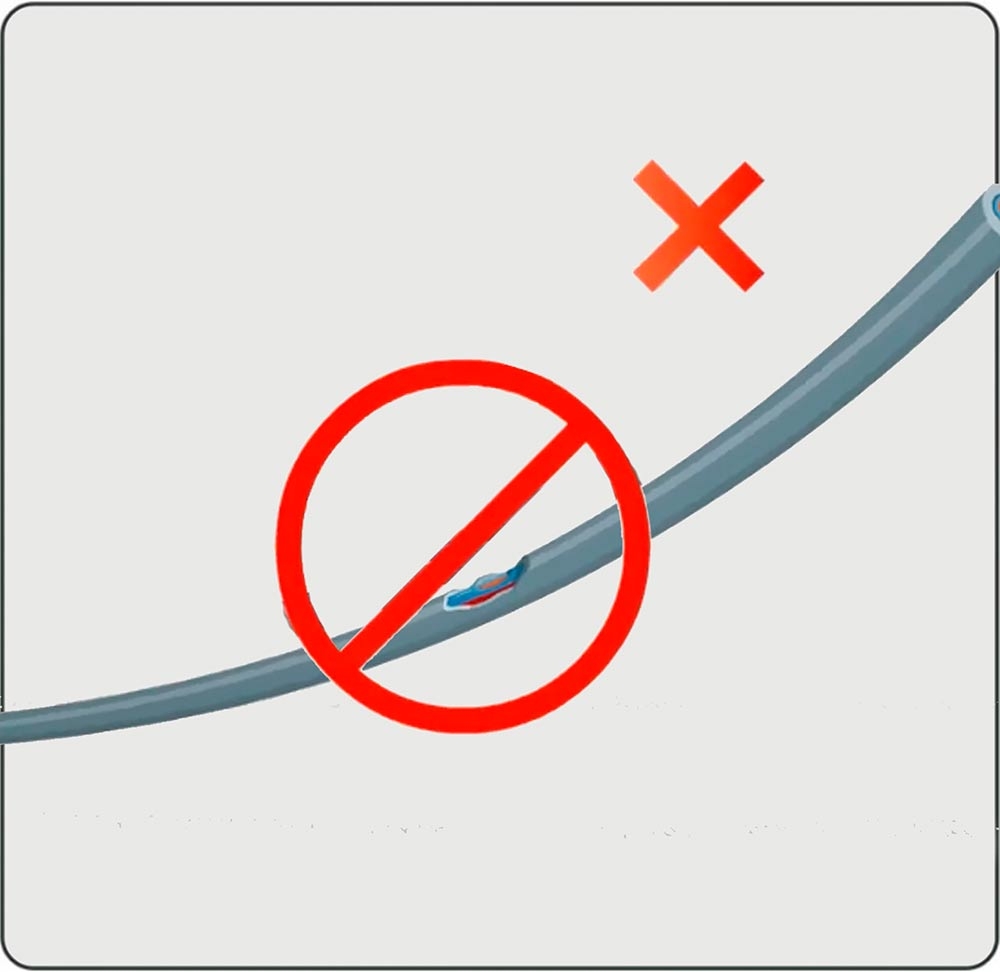

- tighten protective caps of the glands securely;
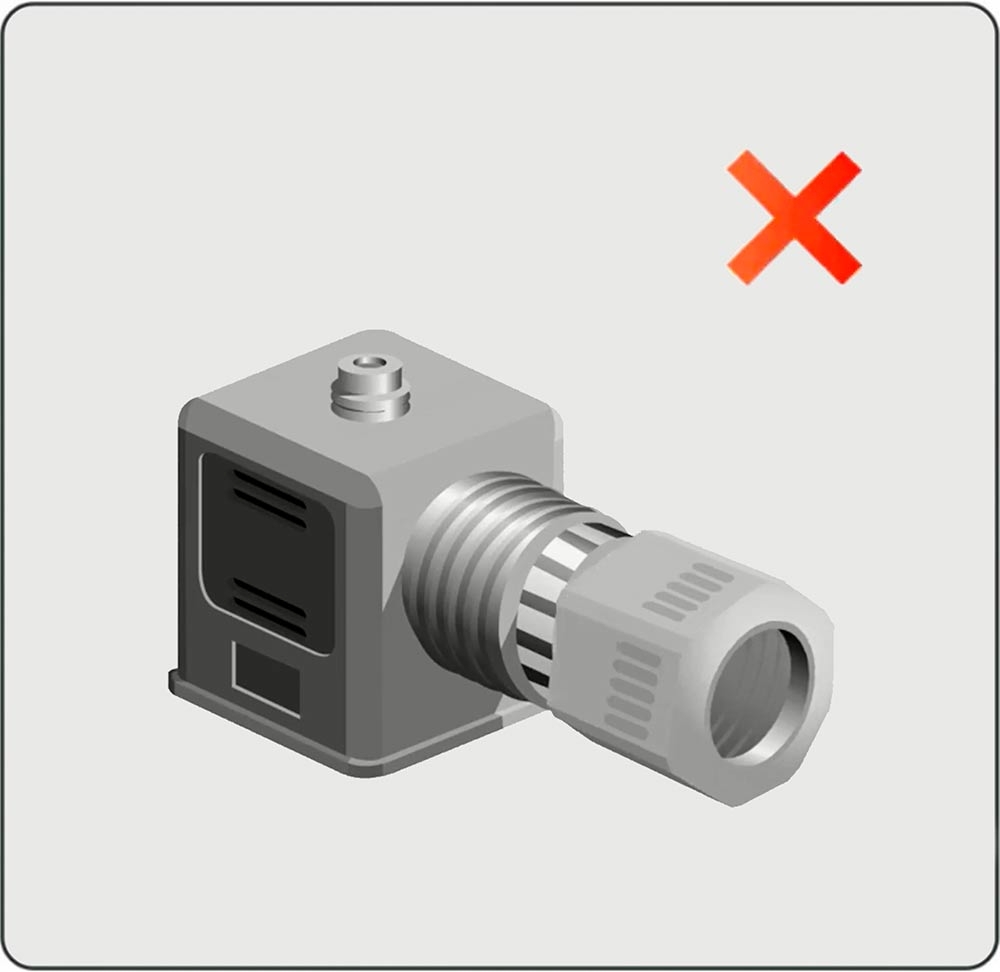
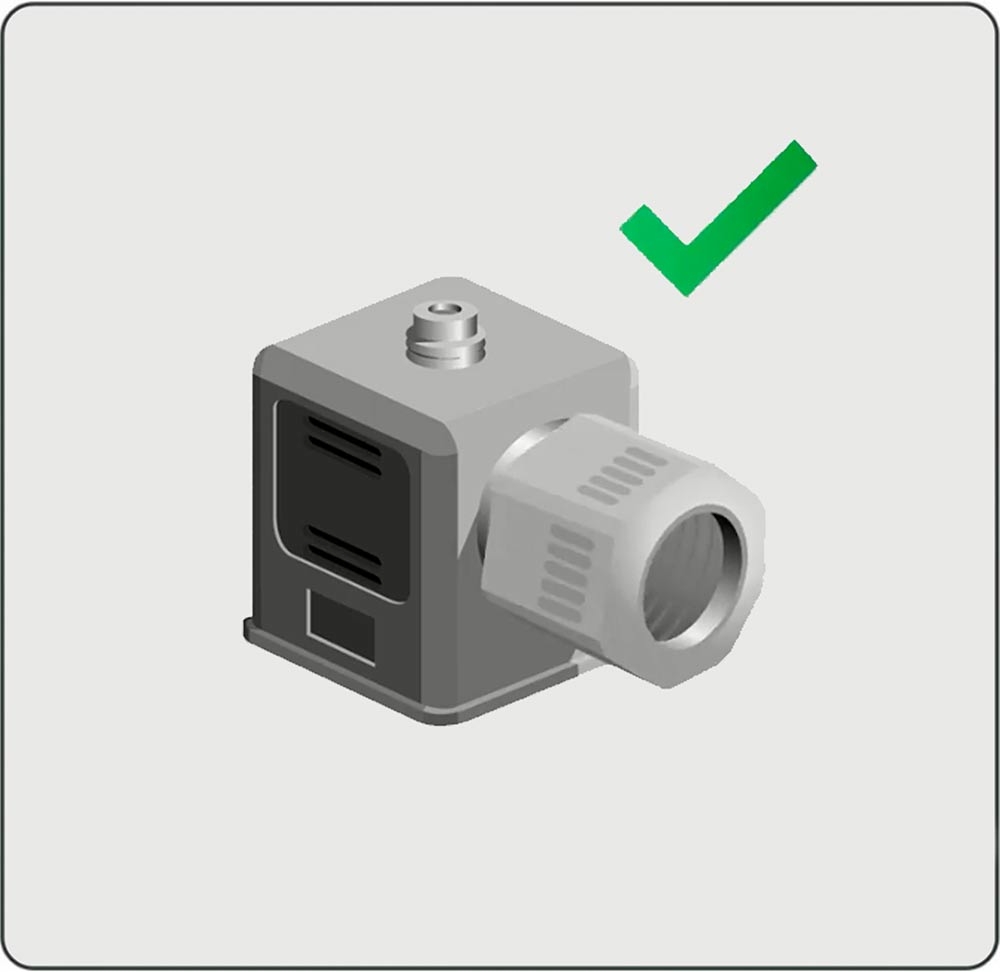
- avoid mounting the transmitter with cable gland pointing upwards;
